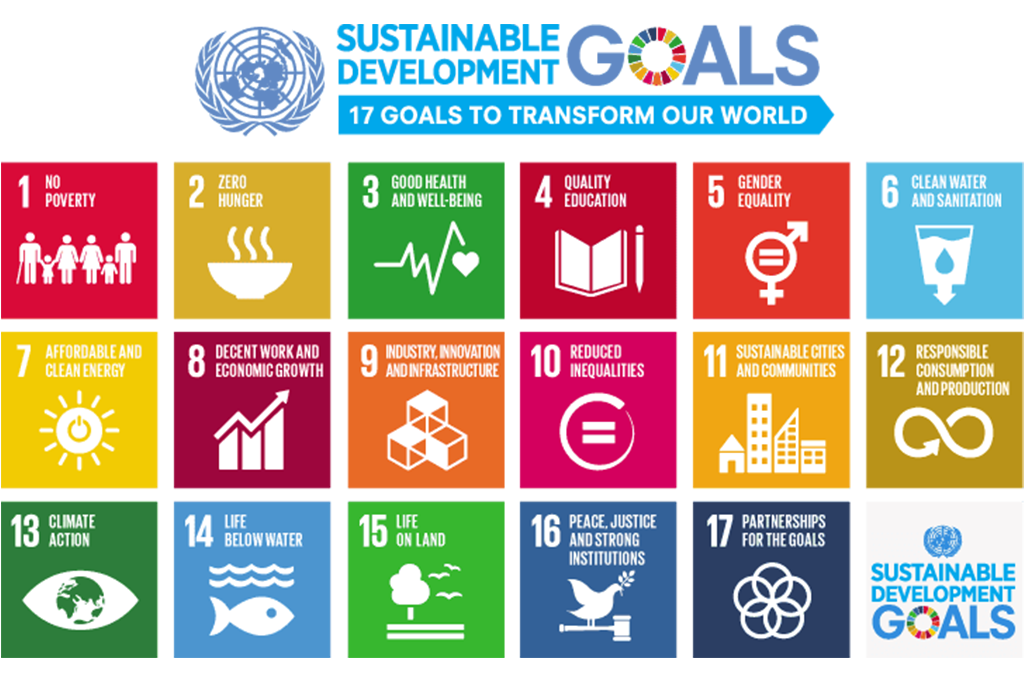Water conservation policies play a vital role in managing water resources and ensuring long-term sustainability. Examining the effectiveness of policies in various countries provides insight into best practices for water conservation and highlights areas for improvement.
Water Pricing and Tariffs
Implementing water pricing mechanisms is an effective policy to discourage excessive water use. In Denmark, a progressive water tariff system has reduced residential water consumption by 35% over the past decade (OECD, 2017). Conversely, in regions without pricing policies, water consumption remains high, leading to over-extraction and shortages.
Water Recycling and Reuse Regulations
Countries like Singapore have pioneered policies promoting water recycling and reuse. Through its NEWater initiative, Singapore treats wastewater to potable standards, supplementing up to 40% of the nation’s water supply (Tortajada, 2006). Recycled water supports industrial activities, reducing the demand for freshwater sources and promoting sustainability.
Groundwater Management and Permits
In India, where groundwater extraction is largely unregulated, over-extraction has led to severe depletion. By contrast, Australia enforces groundwater permits, limiting extraction in water-scarce regions (Taylor et al., 2013). Implementing groundwater management policies can protect aquifers from overuse and promote recharge in critical areas.
Efficacy of Conservation Policies
Effective water conservation policies require enforcement, community engagement, and adaptability to changing conditions. Denmark’s success with water pricing and Singapore’s model of wastewater recycling demonstrate that conservation policies can be highly effective when implemented comprehensively. Encouraging other regions to adopt similar approaches can foster a global commitment to sustainable water management.








